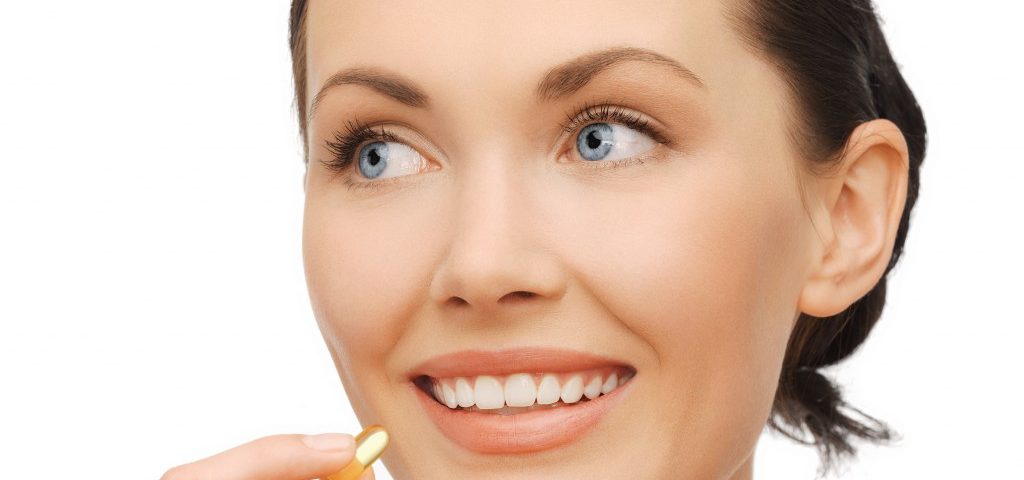Looking at Asia, according to analyst Euromonitor International, which tracks the whitening sub-sector across two categories, namely anti-ageing and facial masks, China is unsurprisingly the largest market in both cases. In China, anti-ageing whiteners made $618.8m in 2014, but the category was significantly outstripped by whitening face masks, which was worth $828.6m. For anti-agers, Thailand was the second largest ($432.2m) and Taiwan the third ($334m). Meanwhile, Taiwan was also the second largest market for whitening face masks with Japan positioned third, indicating Taiwan as a key market for whitening products.
When it comes to burgeoning growth markets, for skin whitening in the anti-ageing category, Indonesia, India and Vietnam are highlighted, albeit from pretty small bases. But the fastest growing market when it comes to skin whitening in face masks is China, up 18.5 percent in 2014 compared with 2013 – which considering the already large size of the market equals phenomenal dollar growth.
Beyond China, other regions to watch in this category are Vietnam and the Philippines.
Across Asia, whitening/lightening has been incorporated (frequently alongside other claims) across a wide raft of trending categories: The aforementioned face mask market and its derivatives; multi-step products, including essences and sleeping masks and finishers; nutricosmetics in Japan; and also by body part – for example, deodorants and underarm creams.
However, the regulation of skin whitening products differs from country to country across Asia. In China, it goes without saying that all the ingredients used in cosmetics need to be listed on the IECIC, or require registration, while skin-whitening cosmetics are classified as special-purpose cosmetics. In Taiwan, however, they are medicated cosmetics, which is also the case in Japan, where they are classed as quasi-drugs. In South Korea, whitening cosmetics are ‘functional cosmetics’ and evidence is needed to substantiate claims or advertisements. And finally, in the ASEAN market regulation, there is no specific mention of skin-whitening products.
Outside of Asia, in Europe, the two chief regulatory observations are that topical skin lightening products are legally classed as cosmetics and that the use of hydroquinone as a skin lightening agent has been banned since 2009, because of its permanent, uneven skin colouration effect and the fact that consumers were applying it all over their faces rather than on affected areas.
The US market is obviously a different beast altogether. Here, skin lightening products are classified as over the counter drugs. A tentative final monograph for OTC Skin Bleaching Drug Products was issued in 1982 but has yet to be finalised, and there is only one drug classified as a ‘generally recognised as safe and effective’ GRASE by the US FDA, which is hydroquinone. However, in 2006, the FDA proposed the reclassification of hydroquinone as non-monograph and proposed a withdrawal of the final monograph. So, as in Europe and many other regions, hydroquinone will probably eventually be phased out in the US.
European and U.S. brands message far less on ‘whitening’ than Asian ones. With predominantly Caucasian populations, here language tends to centre on ‘brightening’, ‘anti-dark spot’, ‘anti-age spot’ or ‘evenness’. Naturally, those brands specifically targeting consumers with darker skin tones have no desire to imply that ‘whiter’ is in any way ‘better’ and again they message on evening out skin tone, rather than lightening it.
That said, in the past year we have seen more ranges from European brands message on whitening, which in some cases might be a brand targeting consumers in both Europe and Asia, and in others might be tied to the trend for all things Korean and emulating Korean skin care regimes.
One region which offers opportunities for Asia-based skin care brands, but in which the skin lightening markets are difficult to quantify are the primary African markets of South Africa, Nigeria and Kenya. A trawl through the Nigeria site for Jumia, which is Africa’s largest online retailer, revealed a wide range of whitening face serums, body milks etc. on offer from international brands. Prices start at around US$4 but there are ones for US$30+, which illustrates that it’s not just entry price products that sell in popular, widely-used African retailers. So, I believe there are openings for reputable and affordable Asia-based brands in key African markets.
Julia Wray will present The skin-whitening market as it goes global on 3 November, 16:00 – 16:45 at the Marketing Trends Theatre at in-cosmetics Asia 2015.

